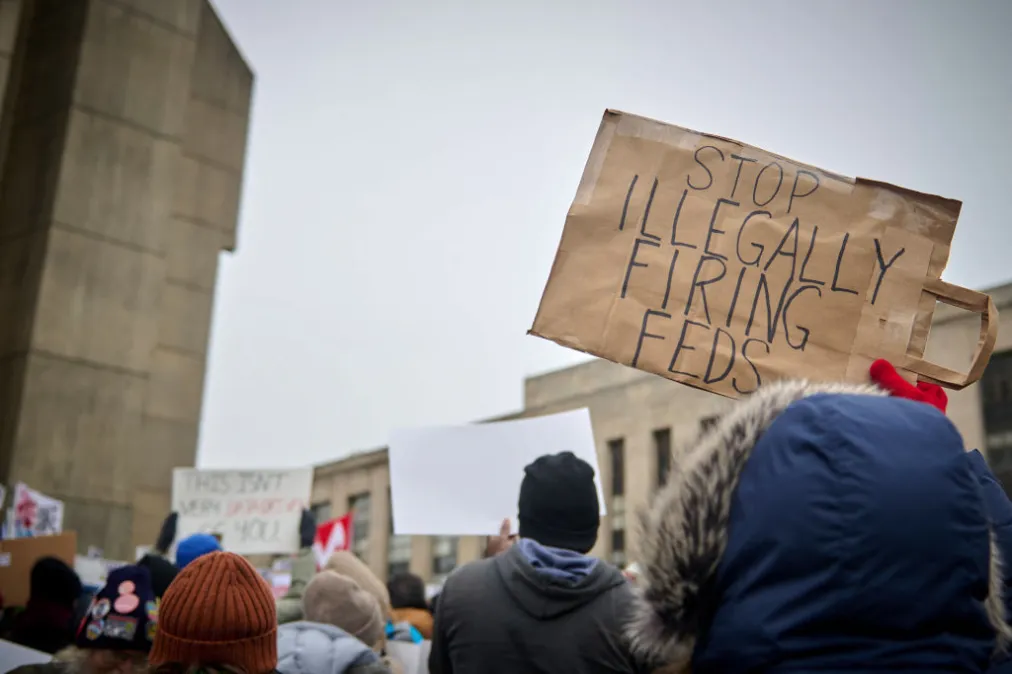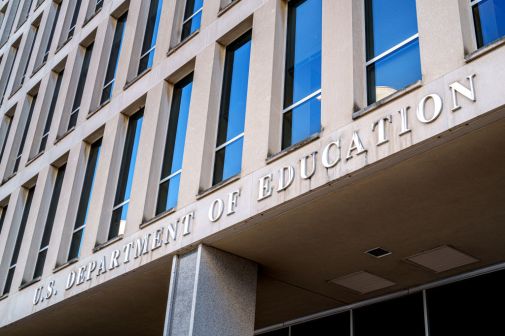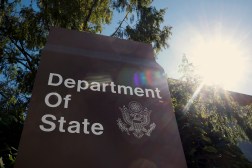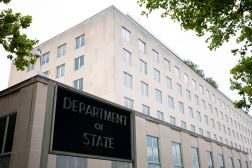Supreme Court allows federal workforce reductions to move forward

The Supreme Court on Tuesday lifted a district court order that prevented multiple federal agencies from carrying out reductions-in-force, clearing the way for those actions to resume.
In an unsigned opinion, a majority of the justices granted the government’s request for a stay of the lower court ruling, concluding that it will likely be successful on its argument that President Donald Trump’s executive order directing agencies to make plans for RIFs and corresponding guidance from the White House were lawful.
The justices, however, also emphasized that their ruling doesn’t express a view on the legality of RIF or reorganization plans under that order and memo. The district court’s preliminary injunction hinged on that court’s view that Trump’s order and the Office of Management and Budget’s memo were unlawful and not on any of the plans specifically.
Under the injunction from the U.S. District Court for the Northern District of California, a wide array of federal agencies were required to halt their RIF plans — that included the Department of Health and Human Services, Department of State, Department of Commerce, and many more. It also prompted OMB to pause reviewing or discussing those plans with agencies, per FedScoop reporting. While other legal challenges are moving forward on agency RIFs, the Supreme Court’s ruling, at least for now, means they can begin those actions again.
Because the opinion was on the court’s emergency docket, the vote tally isn’t known — save for two justices. Justice Sonia Sotomayor, concurred with the opinion of the court and included several sentences on her reasoning, while Justice Ketanji Brown Jackson provided a 15-page dissent.
Jackson argued that past presidents who have attempted to reorganize the federal government received approval from Congress, but Trump’s executive order on RIFs was a “unilateral decision” that didn’t mention “congressional buy-in.”
She described the district court’s process as a thorough examination of the evidence and statute that led to a “reasoned determination” that officials in the executive branch “should be enjoined from implementing the mandated restructuring until this legal challenge to the President’s authority to undertake such action could be litigated.”
Jackson added: “But that temporary, practical, harm-reducing preservation of the status quo was no match for this Court’s demonstrated enthusiasm for greenlighting this President’s legally dubious actions in an emergency posture.”
Sotomayor, meanwhile, said she agreed with Jackson that presidents can’t restructure federal agencies in a way that would be inconsistent with mandates from Congress, but the executive order directed agencies to carry out their plans “consistent with applicable law.”
“The plans themselves are not before this Court, at this stage, and we thus have no occasion to consider whether they can and will be carried out consistent with the constraints of law,” Sotomayor said. “I join the Court’s stay because it leaves the District Court free to consider those questions in the first instance.”
In response to the court’s ruling, the coalition of unions, states and other organizations who filed the district court challenge called the decision “a serious blow to our democracy.”
That coalition includes the American Federation of Government Employees; American Federation of State, County and Municipal Employees; Service Employees International Union; Alliance for Retired Americans and American Public Health Association, among others.
“This decision does not change the simple and clear fact that reorganizing government functions and laying off federal workers en masse haphazardly without any congressional approval is not allowed by our Constitution,” the plaintiffs said in a written statement.
The White House, on the other hand, cheered the ruling as a “definitive victory” for Trump and the administration.
“It clearly rebukes the continued assaults on the President’s constitutionally authorized executive powers by leftist judges who are trying to prevent the President from achieving government efficiency across the federal government,” White House spokesman Harrison Fields said in an emailed statement.
This story was updated July 8 to add a comment from the plaintiffs and the White House.






